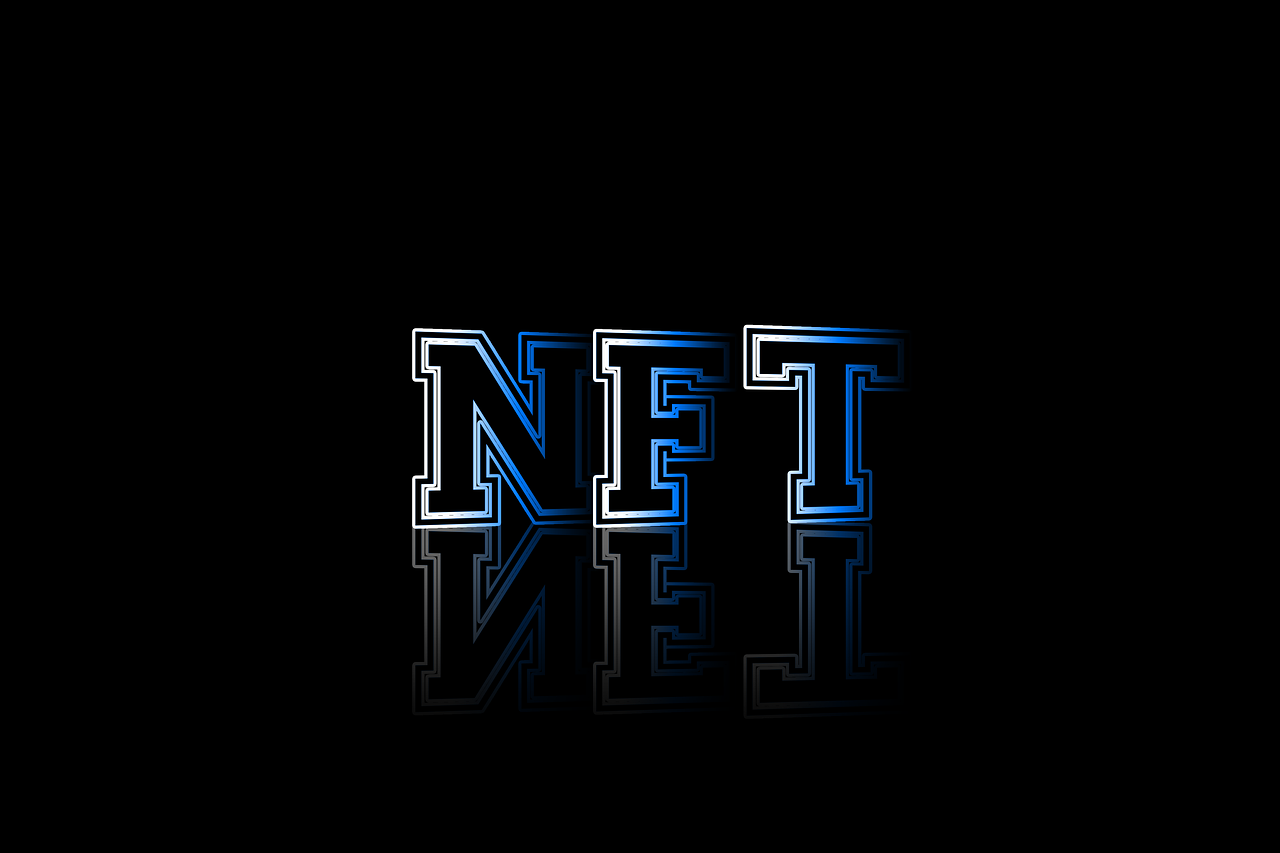New digital economies are emerging, powered by the widespread adoption of Blockchain and digital tokens. These new tokenized ecosystems are challenging traditional business models and the way we think about network participants. Non-fungible tokens (NFTs) are one such type of digital tokens that are poised to have a huge impact on these new networks.
NFTs represent unique assets that cannot be replaced by another identical version, much like a certificate of authenticity for a collectible item. Those who spend time in virtual worlds know there is value in your avatar, your home, or your pet — things you can’t sell for cash but which have real significance for you as an individual.
In this article, you will learn what is an NFT, their potential uses, why they are so useful, and what makes them so special.
What is an NFT Complete Explanation?
Non-fungible tokens (NFTs) are a special type of cryptographic token that represent unique items. They’re similar to cryptocurrencies in that they can be used to buy and sell goods and services. But unlike traditional currencies, each NFT is essentially a unique, independently-traded asset.
With other types of cryptocurrency tokens, each token represents the same amount of value. But with NFTs, every token is unique and represents its own distinct piece of the overall cryptocurrency ecosystem. A token that is non-fungible is one-of-a-kind, and therefore cannot be interchanged with any other token.
This means that NFT tokens can have very different values depending on their scarcity, market conditions, or popularity.
What are the Most Popular NFT Use Cases
There are many different use cases for non-fungible tokens in the digital space, and one of the most popular is their use in gaming. Non-fungible tokens can be used to create game items with unique characteristics like rarity or ownership history. NFTs are also useful when you want to track ownership of a specific item.
For example, if you own CryptoKitty and want to prove it was legitimately acquired, you could create an NFT representing the CryptoKitty and use it as proof. NFTs could also be used to represent a wide variety of physical assets (like art or sports memorabilia) and not just digital items).
For example, one could create a unique token that represents a rare vintage baseball card, and only allow a certain amount of those tokens to exist. In this example, the value of the token would increase with each item sold since there are only a certain amount of those tokens in circulation.
The owner of the token would then be able to sell it at a price that they determine, meaning their investment would be protected by the token’s rarity and value. As Blockchain technology continues to develop, we’ll likely see more and more types of NFTs used for all kinds of things from wedding registries to corporate shares.
How to Buy and Store NFTs
The first step to buying and trading NFTs is to find a suitable wallet that supports the tokens you want to buy. Luckily, there are a variety of wallets available for both desktop and mobile devices that support a number of NFTs. We suggest looking at MyEtherWallet, Trust Wallet, or any other wallet that supports a wide range of different tokens.
Once you’ve found a wallet that supports the tokens you’re interested in, you’ll need to follow the steps for setting up your wallet for the first time.
This process may vary slightly between wallets, but it should be relatively simple. After you’ve set up your wallet, you can purchase your tokens on an exchange like Binance or a popular web3 marketplace such as OpenSea. Once you’ve acquired your tokens, you can store them in your wallet. You can rest assured knowing that your tokens are safely stored in your wallet, instead of on an exchange where they could potentially get hacked.
Final Words: Are NFTs the Future of Gaming?
While the potential for NFTs is virtually limitless, one area where they have received a significant amount of attention is gaming. Many believe that the combination of Blockchain technology and NFTs will bring gaming to a whole new level, and truly revolutionize the industry. One of the main reasons that NFTs are popular in the gaming space is the fact that they are unique and non-replicable tokens.
This makes them extremely appealing to gamers that want to collect rare items that they know are one-of-a-kind. For example, one could create a digital token that represents a rare weapon in a video game. This item would be non-fungible because there can only exist one of that weapons, and it cannot be replicated.
The value of the token would increase as time goes on due to its rarity, and eventually, someone could end up paying a high price for it. You can expect the popularity of NFTs in the gaming industry to continue growing, and you may even start seeing them in your favorite games in the not-so-distant future.










